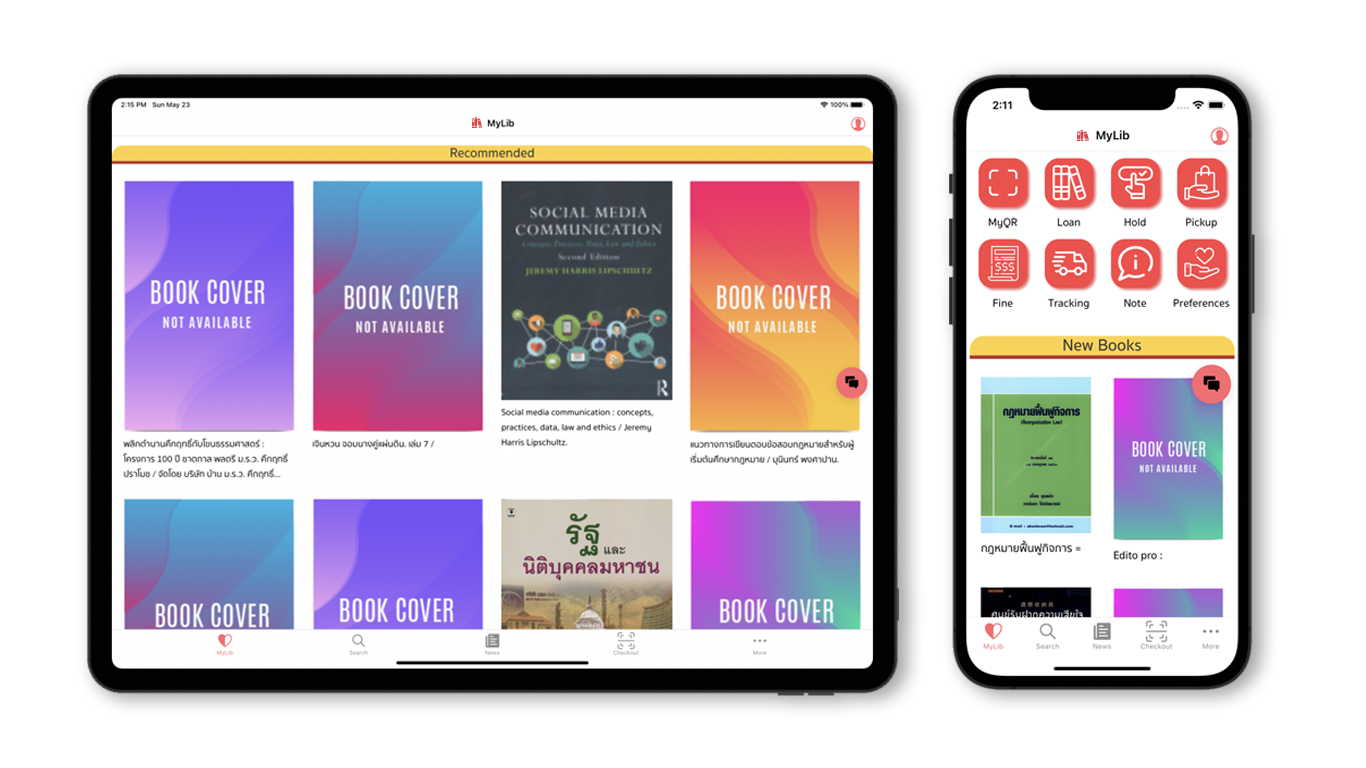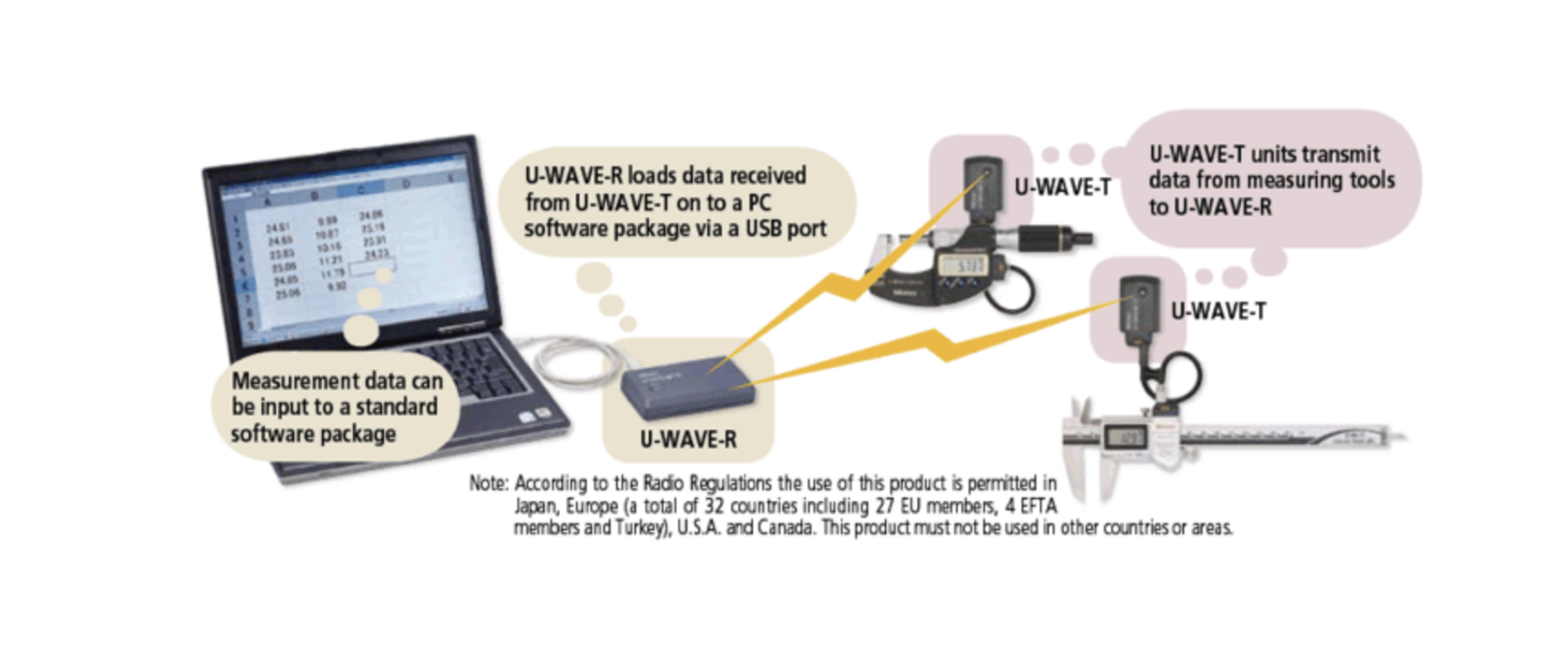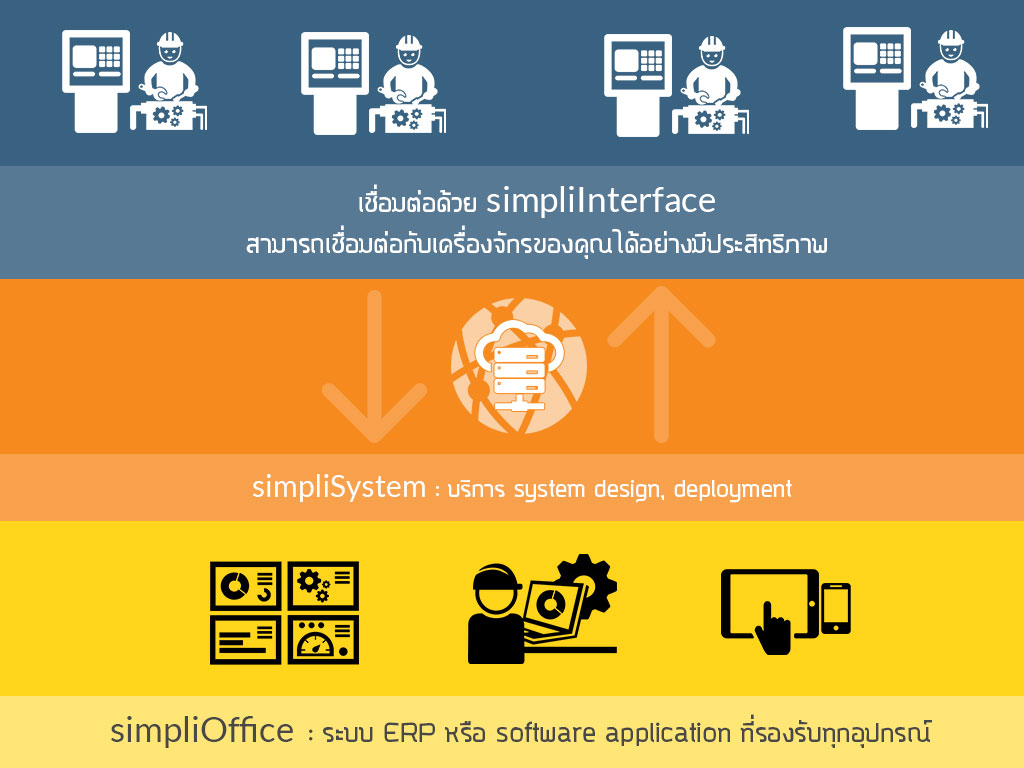Generating Custom Excel Reports with Python: A Comprehensive Guide
When it comes to automating report generation and enhancing the readability of Excel files, Python provides a powerful set of libraries, including OpenPyXL and Pillow. In this post, we will dive into a Python script designed for generating custom Excel reports by populating templates with dynamic data, including text, images, and conditional formatting. This solution is particularly useful for businesses or developers who frequently work with Excel files and need a programmatic way to customize them.
What Does the Script Do?
This Python script is designed to:
- Load an Excel template and populate it with dynamic data.
- Customize content such as text placeholders, images, and checkboxes.
- Hide or group rows conditionally based on specific rules.
- Handle image resizing and alignment, including centering within specific cells.
- Export the customized workbook as a new Excel file with a timestamped filename.
Let’s break down the script and demonstrate its usage.
The Complete Code
Below is the complete script for generating custom Excel reports:
from openpyxl import load_workbook, Workbook
from datetime import datetime
from openpyxl.drawing.image import Image
import re
from openpyxl.drawing.spreadsheet_drawing import AbsoluteAnchor
from openpyxl.drawing.xdr import XDRPoint2D, XDRPositiveSize2D
from openpyxl.utils.units import pixels_to_EMU
from openpyxl.utils import get_column_letter, column_index_from_string
from django.conf import settings
from PIL import Image as PILImage
import os
def set_image_with_offset(sheet, img, cell_coordinate, offset_x=0, offset_y=0):
col_letter = ''.join(filter(str.isalpha, cell_coordinate)) # Extract column letter
row_number = int(''.join(filter(str.isdigit, cell_coordinate))) # Extract row number
col_idx = column_index_from_string(col_letter) - 1
row_idx = row_number - 1
col_width = sheet.column_dimensions[col_letter].width or 10 # Default column width
row_height = sheet.row_dimensions[row_number].height or 15 # Default row height
col_pixels = col_width * 7.5 # Approximation: ~7.5 pixels per width unit
row_pixels = row_height * 0.75 # Approximation: ~0.75 pixels per height unit
cell_x = col_idx * col_pixels
cell_y = row_idx * row_pixels
final_x = cell_x + offset_x
final_y = cell_y + offset_y
pos = XDRPoint2D(pixels_to_EMU(final_x), pixels_to_EMU(final_y))
size = XDRPositiveSize2D(pixels_to_EMU(img.width), pixels_to_EMU(img.height))
img.anchor = AbsoluteAnchor(pos=pos, ext=size)
sheet.add_image(img)
def center_image_in_cell(sheet, img, cell_coordinate):
col_letter = ''.join(filter(str.isalpha, cell_coordinate))
row_number = int(''.join(filter(str.isdigit, cell_coordinate)))
col_width = sheet.column_dimensions[col_letter].width or 10
row_height = sheet.row_dimensions[row_number].height or 15
col_pixels = col_width * 7.5
row_pixels = row_height * 0.75
img_width, img_height = img.width, img.height
offset_x = int((col_pixels - img_width) / 2 * pixels_to_EMU(1))
offset_y = int((row_pixels - img_height) / 2 * pixels_to_EMU(1))
img.anchor = AbsoluteAnchor(
pos=XDRPoint2D(pixels_to_EMU(offset_x), pixels_to_EMU(offset_y)),
ext=XDRPositiveSize2D(pixels_to_EMU(img_width), pixels_to_EMU(img_height)),
)
sheet.add_image(img)
def gen_xlsx(template_file, selected_sheets, prefix_filename, data):
checked_image_path = f"{settings.BASE_DIR}/report/checkbox_checked.jpg"
unchecked_image_path = f"{settings.BASE_DIR}/report/checkbox_unchecked.jpg"
workbook = load_workbook(template_file)
for sheet_name in workbook.sheetnames:
if sheet_name not in selected_sheets:
del workbook[sheet_name]
for sheet_name in selected_sheets:
sheet = workbook[sheet_name]
for row in sheet.iter_rows():
for cell in row:
if cell.value and isinstance(cell.value, str) and cell.value.startswith("<") and cell.value.endswith(">"):
placeholder = cell.value.strip("<>")
value = data.get(placeholder)
if isinstance(value, str):
cell.value = value
elif isinstance(value, bool):
img = Image(checked_image_path if value else unchecked_image_path)
center_image_in_cell(sheet, img, cell.coordinate)
cell.value = None
timestamp = datetime.now().strftime("%Y%m%d_%H%M%S")
output_path = f"{prefix_filename}_{timestamp}.xlsx"
workbook.save(output_path)
return output_path
if __name__ == "__main__":
data = {
"customer": "Alice Johnson",
"inspect_date": "2025-02-01",
"lot_no": "ABC12345",
"staff_name": "Inspector Team",
"size": "Medium",
"pcs": "25 pcs",
"hardness.d1_act": "12.5",
"hardness.acc": True,
"hardness.spe_acc": False,
"dimension_app.d1_act": "45.8",
"dimension_app.acc": True,
"dimension_app.spe_acc": True,
}
output_file = gen_xlsx(
template_file="./inspection_template.xlsx",
selected_sheets=["hardness", "dimensions"],
prefix_filename="./reports/inspection_report",
data=data,
)
print(f"Generated file: {output_file}")Demo Data Explanation
In this example, we used a new set of data to demonstrate how the script works:
- Customer Information: Contains general details like the customer’s name, inspection date, and lot number.
- Measurements and Results: Dynamic data for specific cells, including numerical values, checkboxes (
TrueorFalse), and placeholder text. - Checkbox Logic: Boolean values like
"hardness.acc": Trueautomatically insert a checked or unchecked checkbox image into the Excel sheet.
How to Use the Script
- Prepare an Excel template with placeholders like
<customer>,<inspect_date>, etc. - Define the data dictionary with keys matching the placeholders.
- Call the
gen_xlsxfunction with the template path, selected sheet names, prefix for the output file, and the data dictionary. - Run the script, and the customized Excel file will be generated.
Conclusion
This script is a versatile tool for automating Excel report generation, saving time, and reducing errors. It can be tailored for various applications, from inspection reports to financial summaries. Feel free to modify the script to suit your specific needs, and enjoy the power of Python for Excel automation! 🚀
Get in Touch with us
Related Posts
- 在开始写代码之前:我们一定会先问客户的 5 个问题
- Before Writing Code: The 5 Questions We Always Ask Our Clients
- 为什么“能赚钱的系统”未必拥有真正的价值
- Why Profitable Systems Can Still Have No Real Value
- 她的世界
- Her World
- Temporal × 本地大模型 × Robot Framework 面向中国企业的可靠业务自动化架构实践
- Building Reliable Office Automation with Temporal, Local LLMs, and Robot Framework
- RPA + AI: 为什么没有“智能”的自动化一定失败, 而没有“治理”的智能同样不可落地
- RPA + AI: Why Automation Fails Without Intelligence — and Intelligence Fails Without Control
- Simulating Border Conflict and Proxy War
- 先解决“检索与访问”问题 重塑高校图书馆战略价值的最快路径
- Fix Discovery & Access First: The Fastest Way to Restore the University Library’s Strategic Value
- 我们正在开发一个连接工厂与再生资源企业的废料交易平台
- We’re Building a Better Way for Factories and Recyclers to Trade Scrap
- 如何使用 Python 开发 MES(制造执行系统) —— 面向中国制造企业的实用指南
- How to Develop a Manufacturing Execution System (MES) with Python
- MES、ERP 与 SCADA 的区别与边界 —— 制造业系统角色与连接关系详解
- MES vs ERP vs SCADA: Roles and Boundaries Explained
- 为什么学习软件开发如此“痛苦” ——以及真正有效的解决方法














